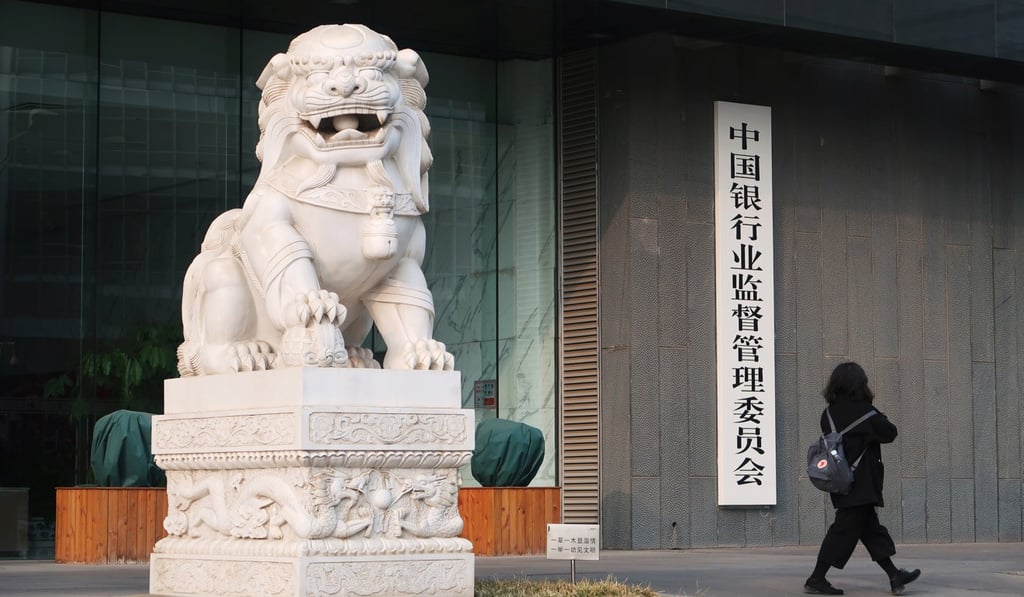Macroscope | Pressure on China’s banks to report bad debt is good news for foreign investors
Ted Osborn says China’s banking regulators are making it harder for banks to hide their NPLs. As a result, more bad debt portfolios will be sold to asset management companies and, ultimately, foreign investors

The business of buying and selling non-performing loans (NPLs) in China is supposed to be pretty straightforward. In the late 1990s, when Beijing took active steps to restructure the country’s big four banks, procedures were put in place for them to sell their NPLs to four state-backed asset management companies.
During the first cycle of these loans (2001-2008), things largely worked as Beijing envisaged, resulting in the successful recapitalisation and listing of the country’s largest banks, and the sale of billions of dollars of NPLs to asset management companies and, ultimately, to foreign investors.
China’s second NPL cycle kicked off in 2015 but sales to foreign investors have only recently begun to be ramped up. This is because banks, with mountains of bad loans on their books following rampant lending over the past decade, have been creative in how they deal with their NPLs, leading to fewer sales to the asset management companies than expected.
Banks are often reluctant NPL sellers as sales typically lead to their profits taking a hit. Banks receive continual guidance from Beijing as to how much profit, and thus how many NPLs, they should report. To ensure a smoothly running financial system, regulators prefer to see – and have designed rules that give the banks enough leeway to state – low NPL levels and steady profits. So that’s what banks report.

And that’s why the NPL ratios of the nation’s key banks all hover at about the same level – now around 1.7 per cent of loans. In a recent research piece, Fitch estimates that the real ratio could be as high as 20 per cent, implying total NPLs of 19 trillion yuan (US$3 trillion).